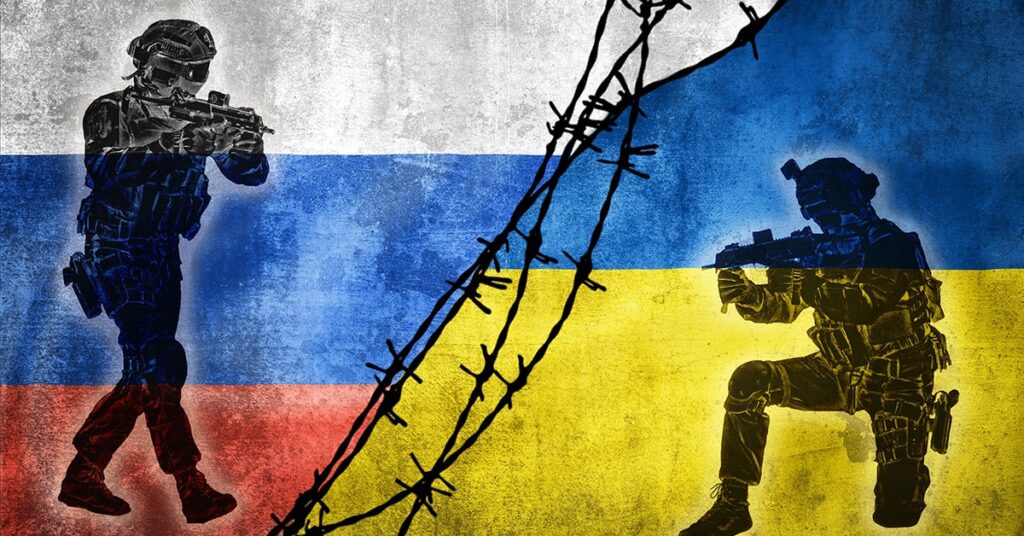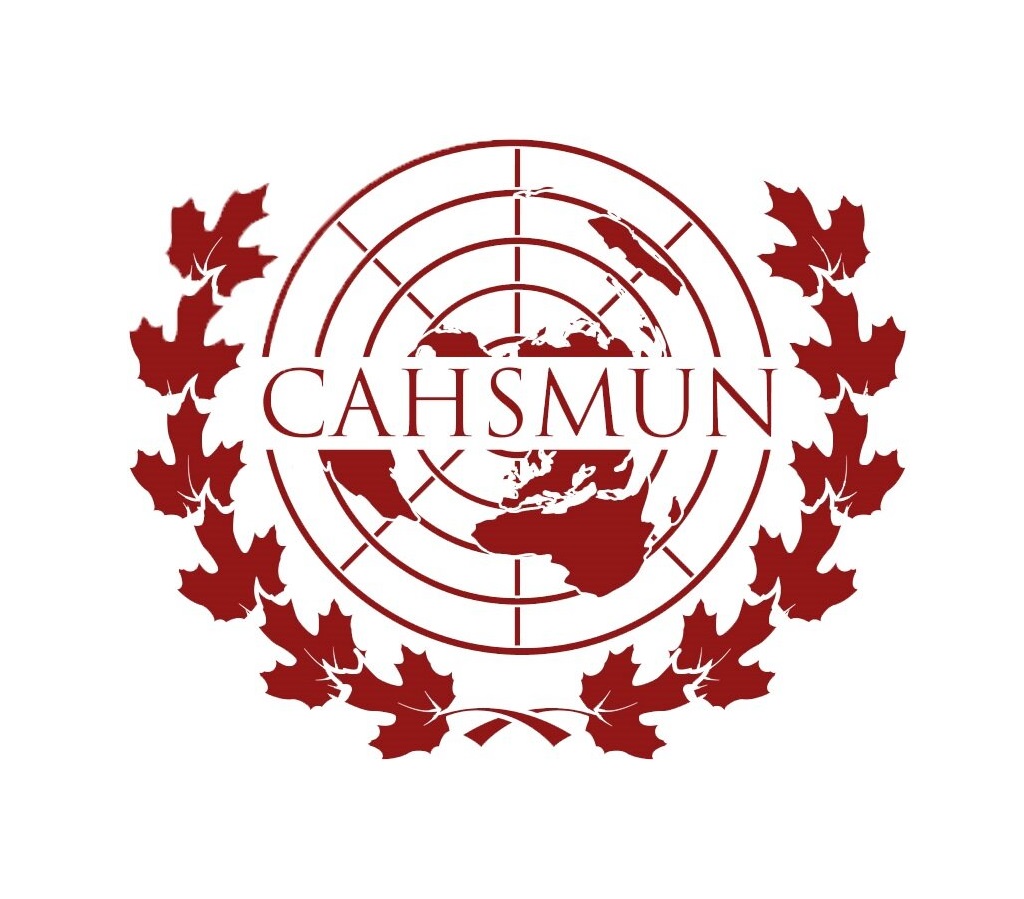THE CONFLICT between Russia and Ukraine has deep historical origins, rooting from the Soviet era as Ukraine formed part of the Soviet Union until its collapse in 1991. In the status quo, both President Vladimir Putin and certain Russian peoples regard Ukraine as being within Russian spheres of territorial influence, as informed by Soviet geographical boundaries. Ukraine has been characterized with tension ever since the declaration of war, especially whenever it has been moving towards Western support to Ukraine, which frequently invites the violent Russian responses.

While the Russia-Ukraine conflict remains ongoing in Ukraine, NATO members are divided as to how best to support the struggling nation in the status quo. European members, the majority, are in favor of escalating the war by committing and establishing ground troops to battle alongside Ukrainian troops, believing this would be sufficient in the needed aid to enable Ukraine to repel Russian aggression. However, the United States, concerned about the very probable fallout of the ignition of a larger international conflict, has been opposed strongly to the commitment of mobilizing troops. American leaders have cautioned that such a risky escalation would further enrage Russia and could trigger the troubling idea of World War III.
The U.S. has instead proposed a measured and deliberate solution; the reducing of defense export tariffs to allow Ukraine to purchase more defense items. This safety measure has the goal of augmenting Ukraine’s military power without asking NATO member countries to send their own soldiers, radically reducing the risk of direct military conflict with Russia while still increasing the capacity of Ukraine to fight Russia. The measure has been received with mixed emotions, with some NATO members questioning the utility and intentions of this policy, but most agreeing that deploying soldiers would be extremely dangerous.

Not only does the U.S. plan seek to fortify Ukraine’s defenses through this method and without adding military activity, but it also aligns with American interests. On an economic point of view, by reducing tariffs on militaries’ export, the U.S. would be able to significantly boost its defense exports, which is beneficial for the industrial complexion of the U.S., who thrive by exporting weapons and materials to countries. In addition to helping Ukraine get necessary supplies, the U.S. will have boundless economic returns, certifying its economic leadership in the international defense sector around the globe. Though this method is aimed at reducing the chance of escalation, it can further contribute to boosting U.S. defense industries and therefore be an economically and politically adept move for all nations. The majority of the NATO allies agree that the American proposal is better than full-fledged military action, but many remain skeptical regarding whether it would be enough to achieve a definitive Ukrainian victory in the over 3 year geopolitical conflict.
The U.S. continues to take small steps, tiptoes, attempting to assist Ukraine, maintain its own membership in the collective defense of NATO, and its own economic interests, without the disastrous consequences of direct military action against Russia.
